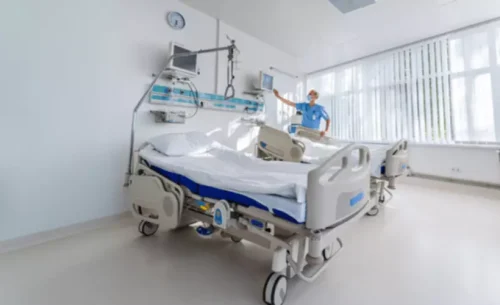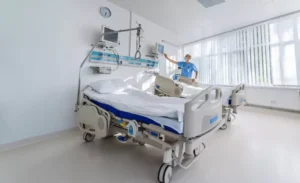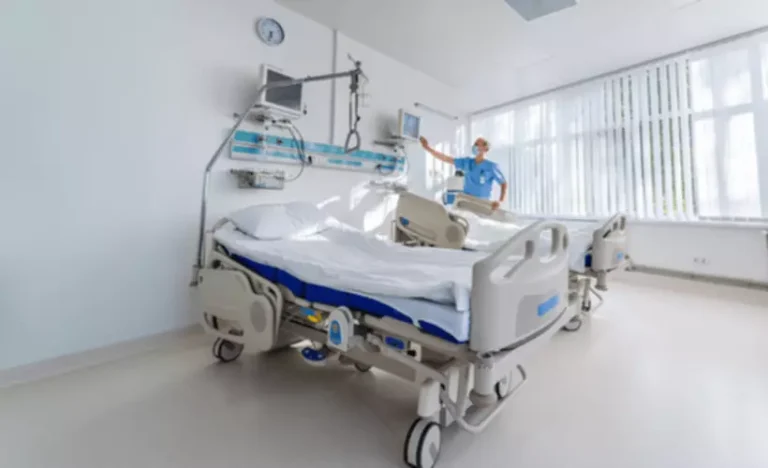Are blood thinners and alcohol safe to mix?

Short-term alcohol use can lead to high blood pressure and thinned blood because it hinders blood cells’ ability to clot. Long-term, excessive drinking can decrease your heart’s ability to function correctly. Combining alcohol with blood thinners poses certain risks that individuals should be aware of, as it can have implications for both health and medication effectiveness. One of the functions of your liver is to break down alcohol and some medications.
- There are various resources available, such as support groups, counseling, and treatment programs, to assist individuals in overcoming alcohol addiction.
- Moderate alcohol consumption may lead to a temporary increase in platelet activity, potentially resulting in a more rapid blood clot formation.
- The Mediterranean diet, which emphasizes olive oil as the primary fat source, is a good example of a heart-healthy eating pattern.
- Alcohol can interfere with the absorption and metabolism of some medications, including blood thinners.
Can alcohol lower blood pressure?
Grapefruit’s bioactive components include primarily furanocoumarins, which have been shown to inhibit CYP3A4 and CYP2C9 activities irreversibly 8. As these enzymes are involved in the metabolism of warfarin, grapefruit products have been reported to interact with this anticoagulant drug at pharmacokinetic level. These findings provide evidence for health care providers and patients to be watchful of the potential harmful interactions between warfarin and grapefruit.

Recommendations for Alcohol Consumption While Taking Eliquis

Wear a medical-alert bracelet, available in some pharmacies and online, or carry a card in your wallet that states the name of your blood thinner, the Cleveland Clinic advises. “The main side effect of a blood thinner, not surprisingly, is bleeding,” says Christopher B. Granger, MD, a cardiologist at Duke Health in Durham, North Carolina. And while these drugs save lives, they can also cause side effects, from bruising to unwanted bleeding, notes the NBCA. In the United States, two to three million people will need to take blood-thinning medications, according to the National Blood Clot Alliance (NBCA), in Rockville, Maryland. There’s a sharp increase around age 40 or 45, and by the time you’re in your eighties, your annual risk is 1 out of 100,” says Dr. Cushman.
Thinking About Treatment?
New research has found that moderate consumption, meaning one or two drinks per day, can decrease cardiovascular disease risk. While the mechanism behind why this happens is unclear, the theory is that this moderate consumption reduces stress reactivity in the brain. Though Beckner and Dr. Alvarado strongly encourage their patients taking anticoagulants to abstain from alcohol altogether, they do agree that moderate, sporadic use could be okay for certain individuals. Well, while the National Institute on Alcohol Abuse and Alcoholism defines it as one drink a day for women and two drinks a day for men, that amount would be considered excessive and unsafe for a person taking a blood thinner. They are a group of drugs that stop certain blood cells (called platelets) from clumping together and forming a blood clot to help stop bleeding. They protect you from bleeding too much if you’re injured or have surgery.

A 2011 literature review that included 84 prior research studies found that people who drank alcohol had a reduced number of cardiovascular and stroke deaths. Researchers also found alcoholism decreased rates of coronary artery disease (CAD) and non-fatal stroke among people who drank alcohol compared to those who didn’t. Professional medical treatment will reduce your risks of developing severe health complications or further alcohol dependence. Aspirin, typically available in tablets, in combination with alcohol can increase the risk of stomach bleeding and ulcers, especially if taken regularly or in high doses. Alcohol should be limited while using Effient, especially among older adults.
Of greater relevance among the different identified compounds are found anthraquinone glycosides, aloinosides, chrysophanic acid, and salicylates 26–29. As an herbal blood thinners and alcohol supplement, aloe is available in the forms of soft gels and capsules. Besides its effects related to the above conditions, the supplement has also been reported to possess antiplatelet activity, which is linked to at least its salicylate components 26, 27.

Occasional, moderate alcohol use should be safe for =https://ecosoberhouse.com/ most people who are taking blood thinners. For example, people with liver problems may need to limit their alcohol use more strictly. Doctors and pharmacists can advise people whether they should avoid or limit their alcohol use while taking blood thinners. The safest way to avoid complications is to refrain from exceeding the recommended daily intake of alcohol.
Although alcohol is not a blood thinner, it can still have effects on the blood and its clotting factors. To fully understand the relationship between alcohol and blood thinners, it is important to first gain an understanding of what blood thinners are and how they work. Additionally, it is necessary to debunk the common myth surrounding alcohol as a blood thinner. Having a drink or two every once in a while may be fine when you’re on blood thinners — just be sure to talk to your doctor. If you’re a regular drinker, you may need to get your medication levels checked more often.
Consultation with a Healthcare Provider
Aspirin is an over-the-counter medication that can help prevent the aggregation of platelets, which are responsible for blood clot formation. Warfarin and heparin, on the other hand, are prescribed medications that target different clotting factors to inhibit the clotting process. Blood thinners, also known as anticoagulants, are medications prescribed to individuals who are at risk of blood clots or have certain medical conditions that require the prevention of clot formation.
